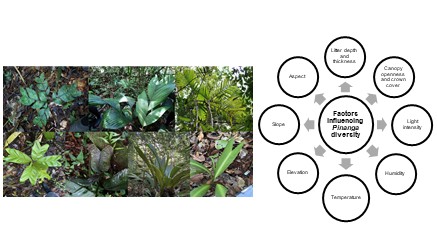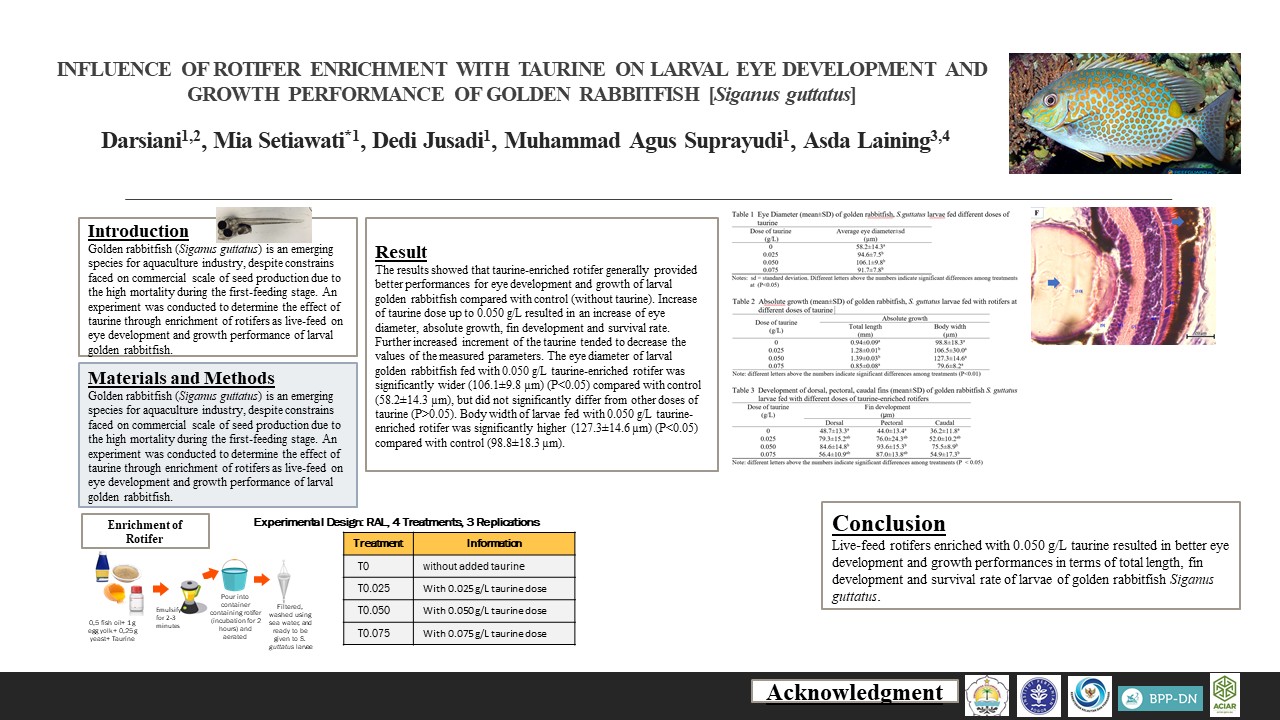EXOPOLYSACCHARIDE PRODUCTION AND ITS BIOACTIVITIES OF THE EDIBLE PLEUROTUS OSTREATUS IN SUBMERGED CULTURE
Vol. 16 No. 2 (2009)
Research Paper
July 29, 2011
January 11, 2024
Downloads
mycelial biomass and exopolysaccharide production of Pleurotus ostreatus. The antimicrobial and
antioxidant activity of  the exopolysaccharide were also determined.  The yield of mycelial
biomass of 7.06 g/l, 5.12 g/l, 4.66 g/l, and 2.96 g/l was obtained by utilization of maltose,
glucose, lactose and starch as a carbon source, respectively. Furthermore, in the medium
containing maltose, lactose, glucose, and starch produce 100.05 mg/l, 97.73 mg/l, 78.63 mg/l,
and 70.45 mg/l of exopolysaccharide, respectively. The assay of antimicrobial and antioxidant
activity showed that the exopolysaccharide is more active to inhibit the growth of B. subtilis
rather than those of E. coli and S. cerevisiae. Furthermore, the exopolysaccharide was also
indicated to have antioxidant activity.
Key words: Pleurotus ostreatus, exopolysaccharide, antimicrobial activity, antioxidant activityÂ
SASKIAWAN, I. (2024). EXOPOLYSACCHARIDE PRODUCTION AND ITS BIOACTIVITIES OF THE EDIBLE PLEUROTUS OSTREATUS IN SUBMERGED CULTURE. BIOTROPIA, 16(2). https://doi.org/10.11598/btb.2009.16.2.60
Downloads
Download data is not yet available.
Copyright (c) 2017 BIOTROPIA - The Southeast Asian Journal of Tropical Biology

This work is licensed under a Creative Commons Attribution-NonCommercial-NoDerivatives 4.0 International License.
Authors who publish with this journal agree with the following terms:
- Authors retain copyright and grant the journal right of first publication, with the work 1 year after publication simultaneously licensed under a Creative Commons attribution-noncommerical-noderivates 4.0 International License that allows others to share, copy and redistribute the work in any medium or format, but only where the use is for non-commercial purposes and an acknowledgement of the work's authorship and initial publication in this journal is mentioned.
- Authors are able to enter into separate, additional contractual arrangements for the non-exclusive distribution of the journal's published version of the work (e.g., post it to an institutional repository or publish it in a book), with an acknowledgement of its initial publication in this journal.
- Authors are permitted and encouraged to post their work online (e.g., in institutional repositories or on their website) prior to and during the submission process, as it can lead to productive exchanges, as well as earlier and greater citation of published work (See The Effect of Open Access).


























